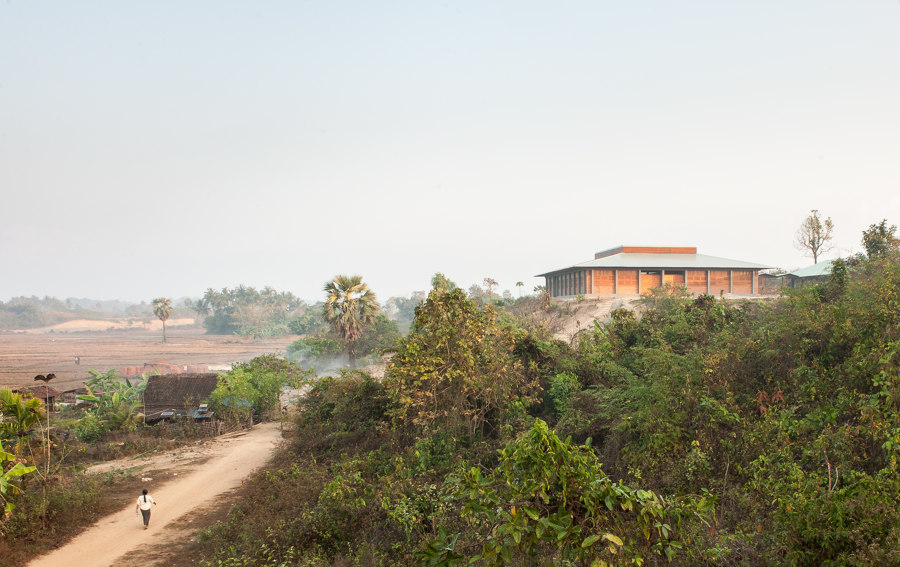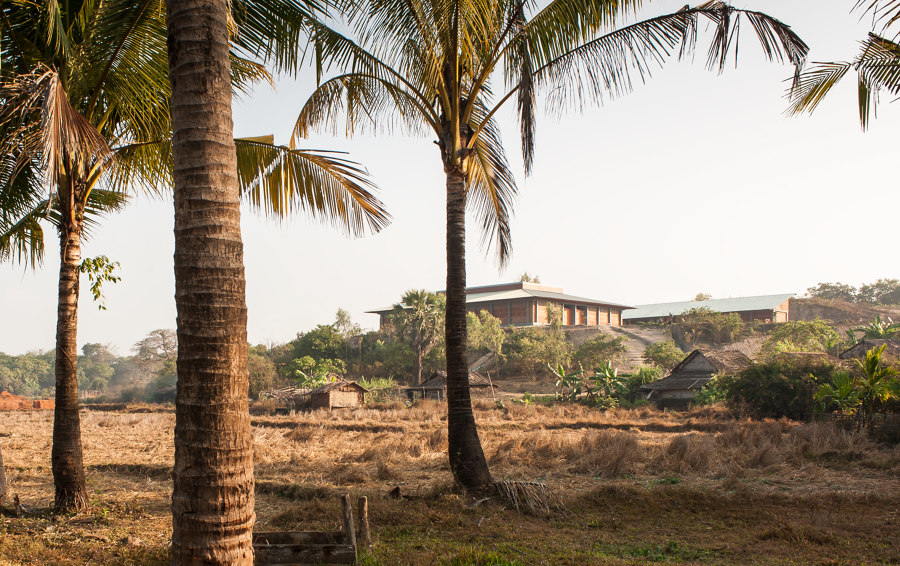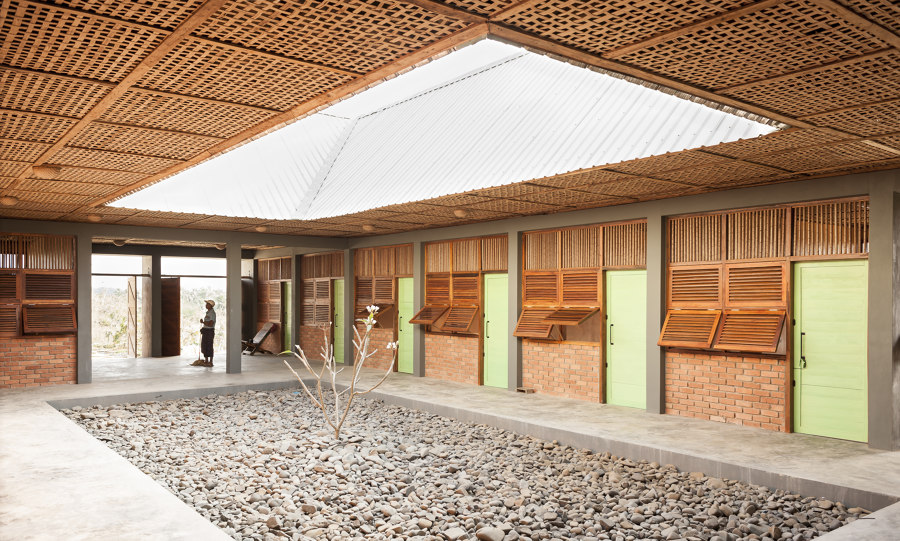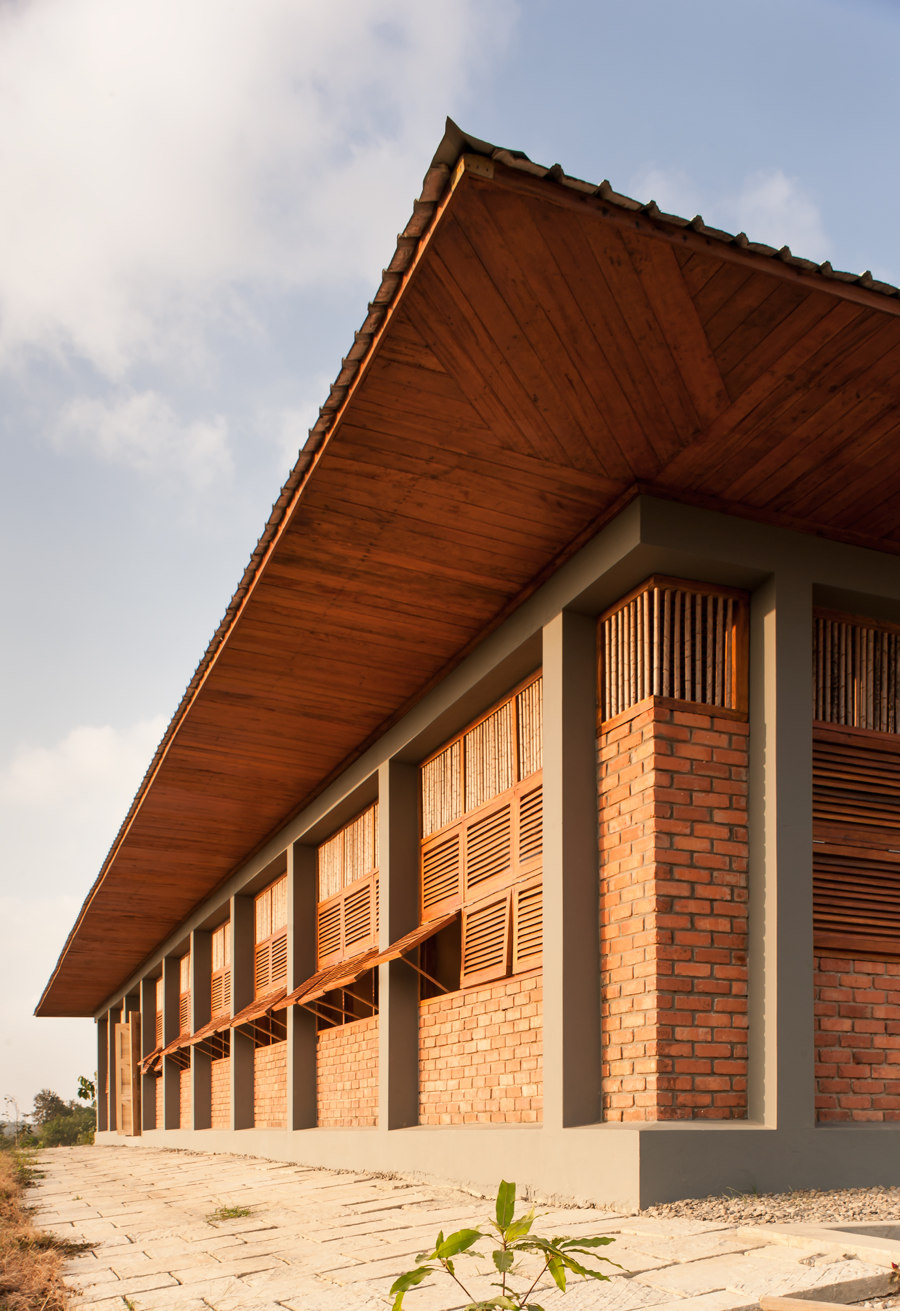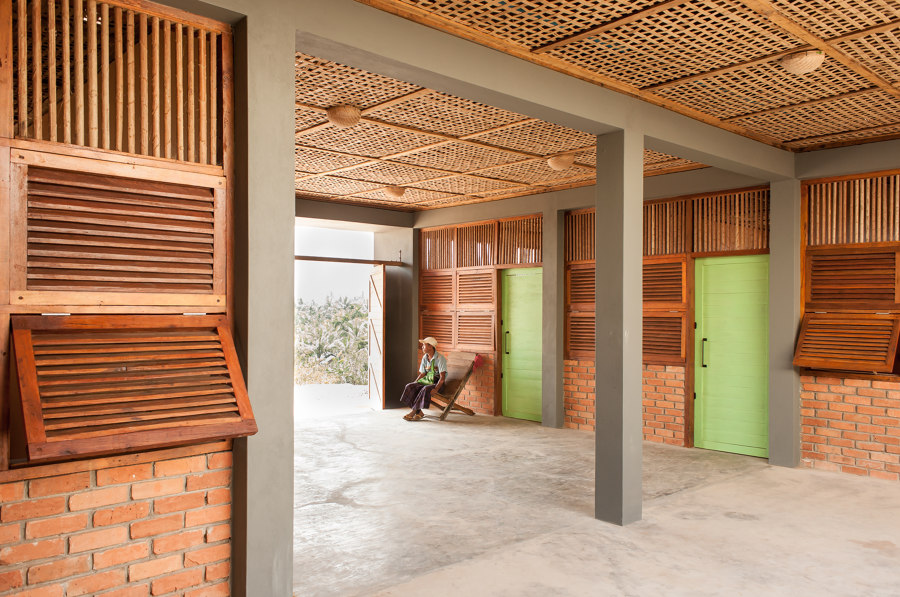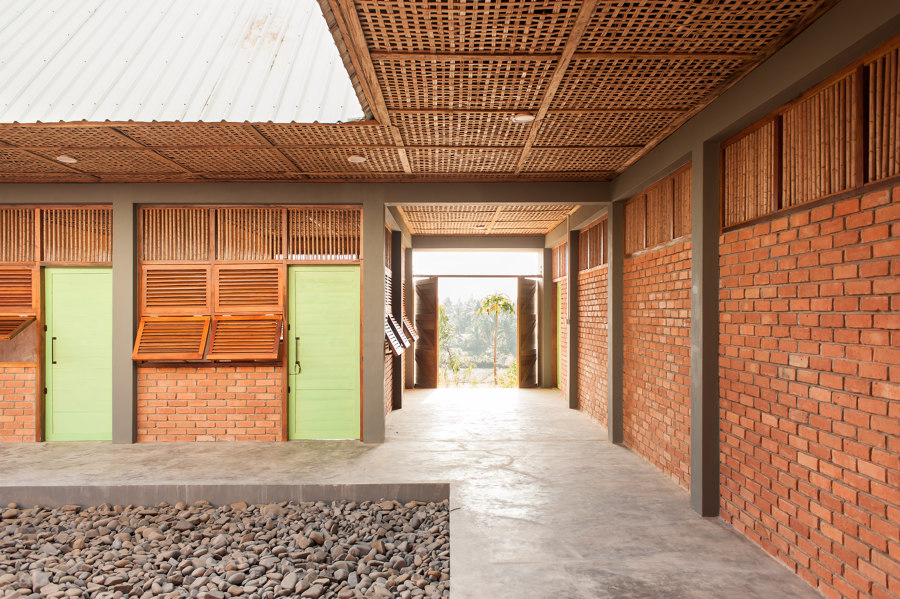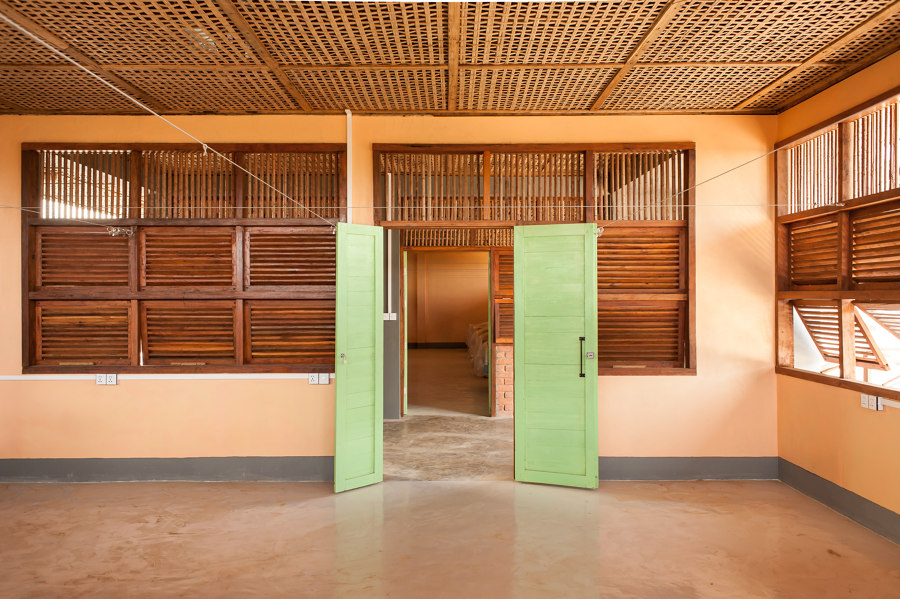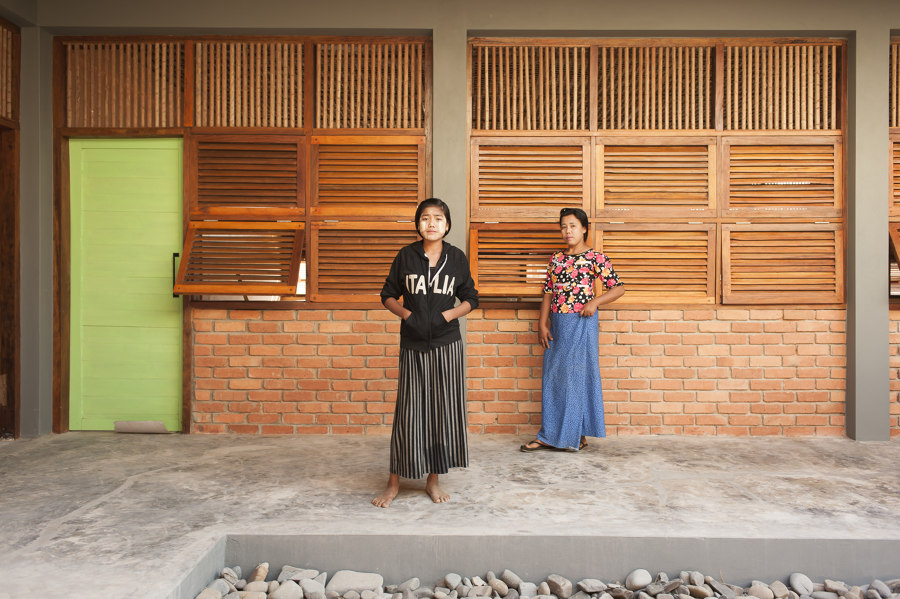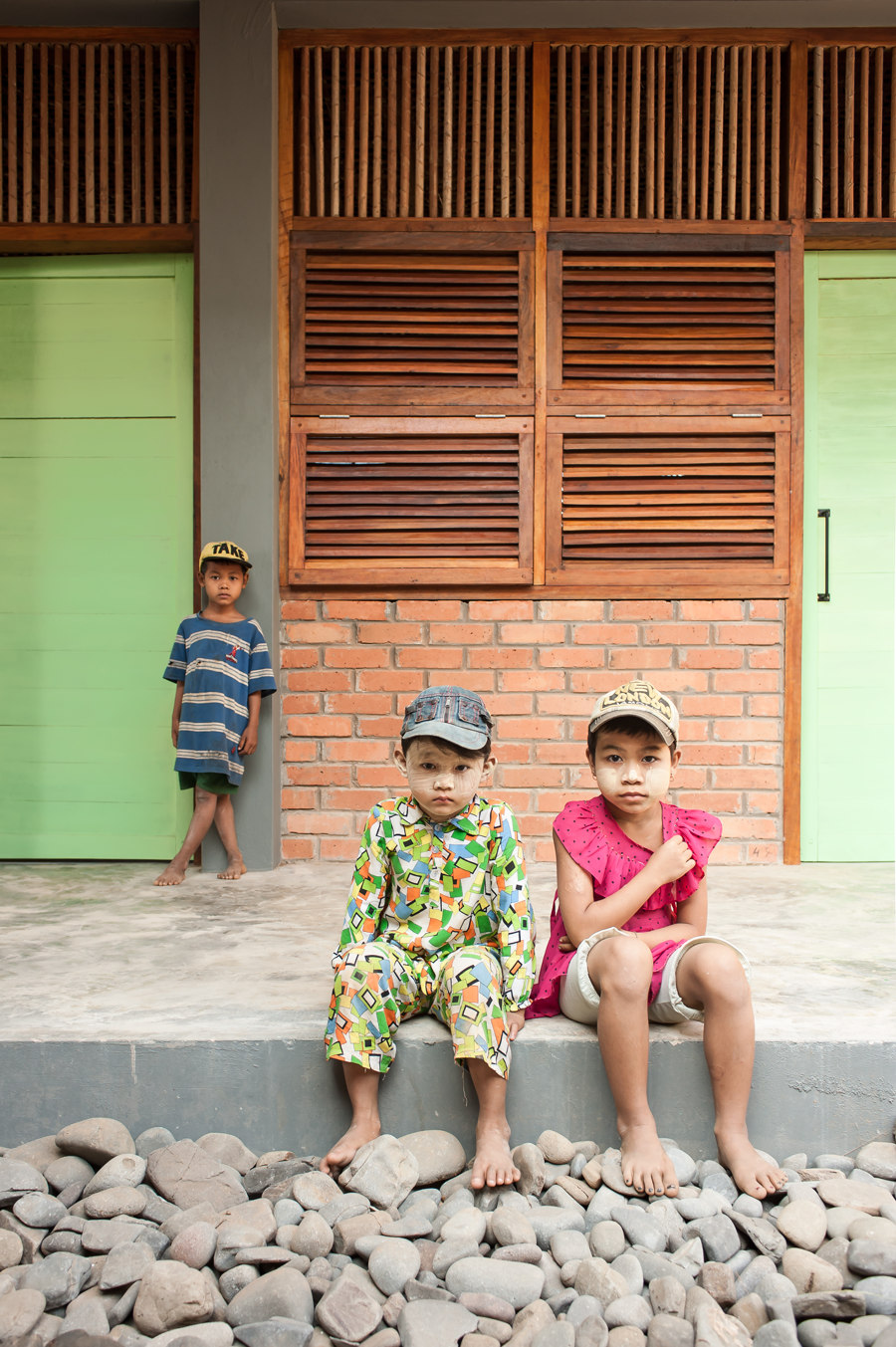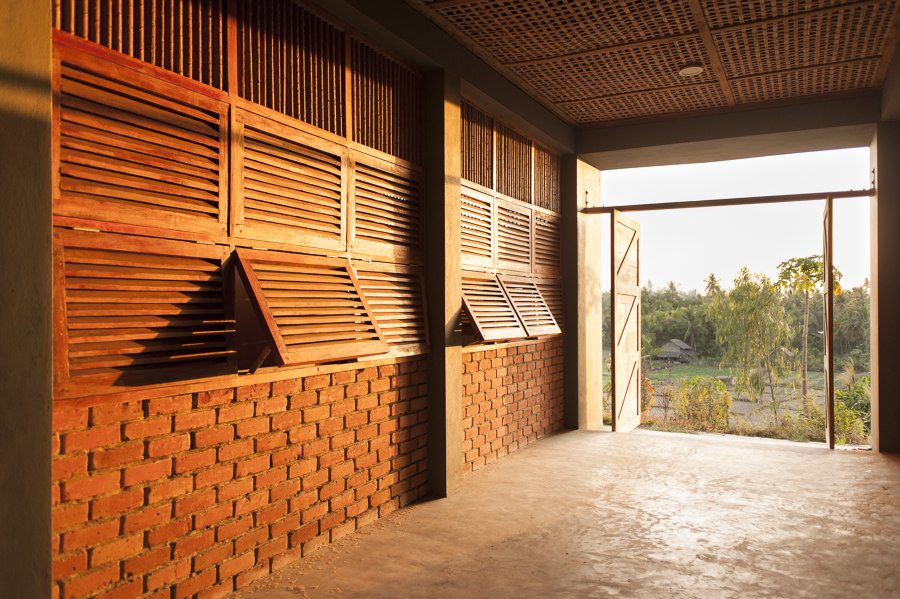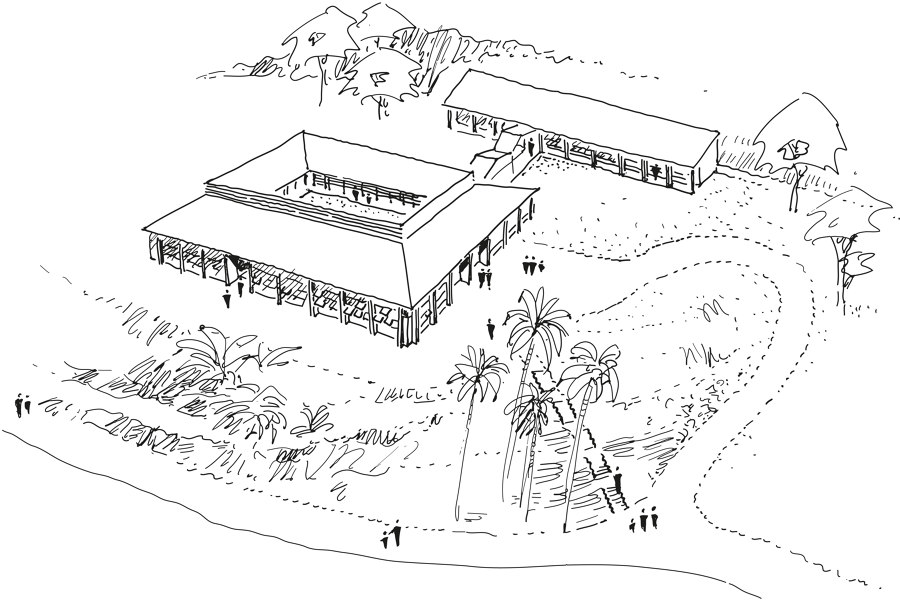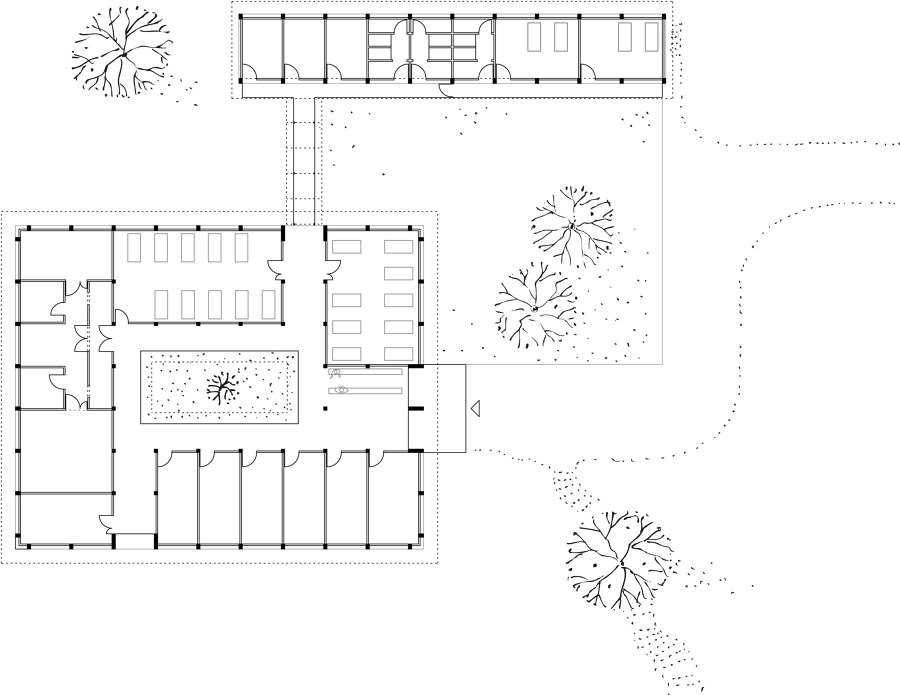In the United Nations Universal Declaration of Human Rights, health is enshrined as a human right. In concrete terms, this means that all people must have access to health care. For our highly developed Western industrialised societies, this is usually the norm. Poor countries like Myanmar, however, are often still far from this reality. To improve this situation, the aid organisation Projekt Burma e.V., a registered association, has built a hospital in Magyizin, a village in a remote coastal region, financed solely by donations. The region in southwest Myanmar is situated on the Indian Ocean and can only be reached from the district capital Pathein with a several-hour drive along dirt roads through tropical rainforest, followed by a boat trip through ramified mangrove forests. During the rainy season, the roads are impassable.
The hospital thus means a significant improvement in the quality of life of these people. Due to its slightly elevated position, the new building also serves as a refuge during the frequent tropical storms and tsunamis.
The new hospital building, which transforms traditional construction methods into a contemporary design vocabulary, has helped to ensure that the people in the remote village in the Bay of Bengal have faster and better access to medical care.
With its 20 beds, a fully equipped operating theatre, a delivery room and a laboratory, the Project Burma Hospital serves around 20 communities and 20,000 people as a central medical facility. On the initiative of Projekt Burma e.V., a large part of the hospital equipment was shipped in containers from Germany where it had been donated by local institutions and doctors.
A single-storey atrium house was developed to serve as the main building. Its sheltered inner courtyard is the heart of the building; it is both a lounge area and a communal space. Grouped around it are the patient rooms, the treatment and staff rooms and the dispensary. To minimise the transmission of diseases, the waiting area is located outdoors. The linear side wing with its distinctive mono-pitch roof is accessed via a pergola. It houses an isolation ward with additional rooms for infectious patients, kitchens — for self-catering, which is common in Myanmar — along with storage rooms, washrooms and sanitary facilities.
Inspired by the country’s typical “brick nogging structure”, the new building was erected in a skeleton construction of reinforced concrete with brick infill. Architecturally striking features are the movable shading and rain protection elements made of wooden slats and the roof construction of the atrium house with its all-round gable top. In combination, both also ensure constant ventilation — one of the major issues when building in a tropical climate. The underside of the ceiling structure made of timber trusses was largely covered with weaved bamboo mats. In this way, air circulates through the open windows behind the shading folding shutters, upwards through the bamboo lattice and back out again via ventilation louvres in the ridge of the gable top.
As there are no construction companies in the area, most of the building was erected by villagers under the guidance of a carpenter.
Design team:
a+r Architekten
